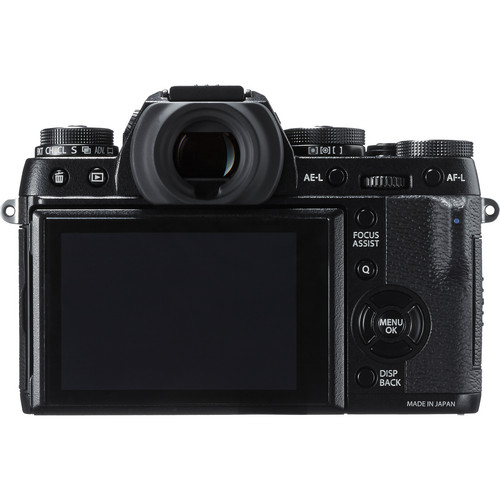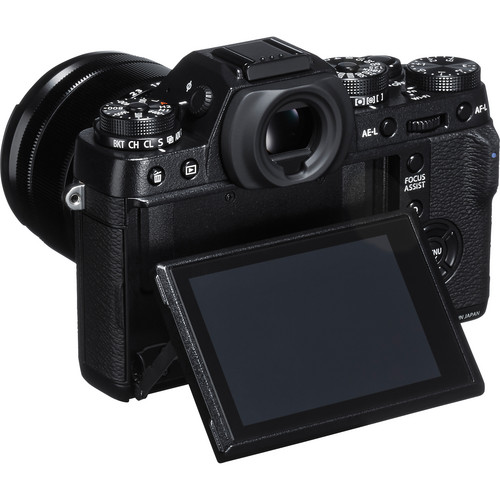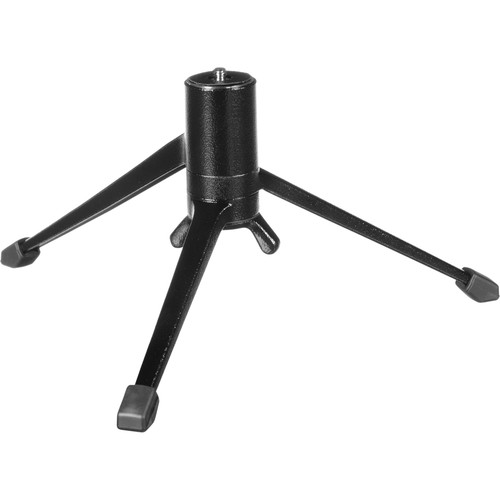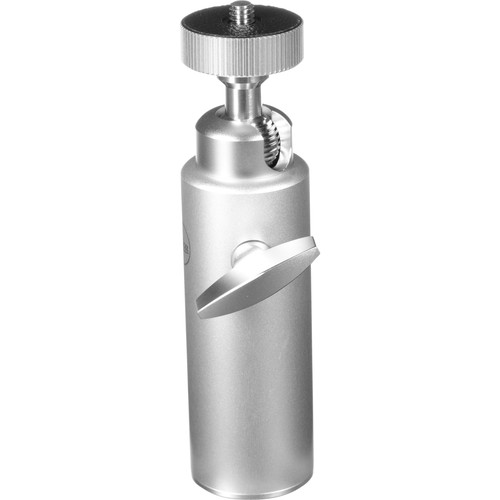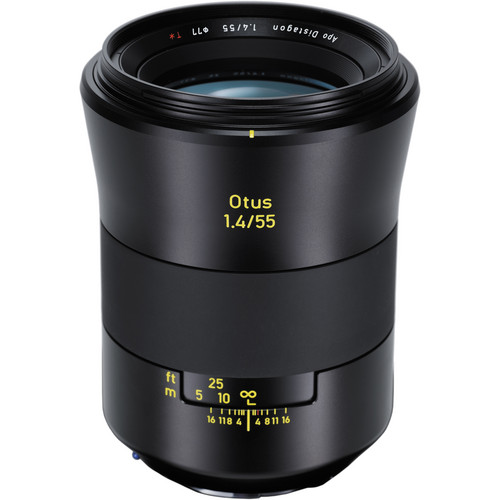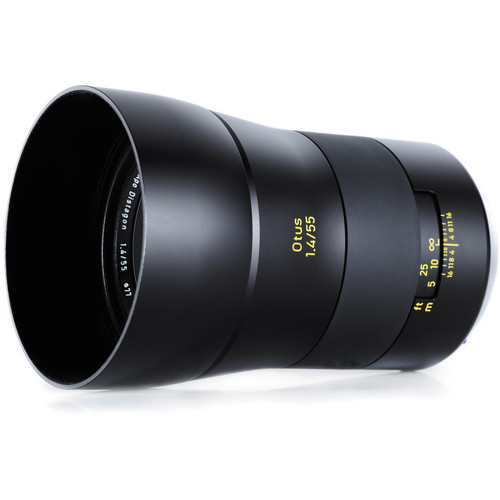One of my top blog posts was my article entitled "Which Books Should I Read?" lacked a detailed discussion about Photoshop books because of the time of its writing I was still getting up to speed on Photoshop. I've now had time to read a big stack of Photoshop books and have some concrete recommendations to go along with that article now.
If you are like me you find Photoshop to be both poorly laid out and daunting to learn. It's easy to buy a stack of books and never get anywhere beyond cropping then clicking Auto Levels, Auto Contrast, and Auto Color (and possibly Variations if you've discovered that one) and calling it a day. In essence you've spend a fortune on a product that doesn't really do much to help you with your photos. Fear not, you aren't alone!
Starting with the Basics
One of the problems with most Photoshop books is that they've forgotten that there are still people on this planet who don't know the fundamentals of Photoshop. If you don't know how to add or subtract from a selection or even what all of the selection tools do, then it will drive you insane when the book simply says "select the girl in the photo" who inevitably has wispy hair going everywhere!
If you are a Photoshop novice (and it is okay to admit that you are) then I highly recommend you start with Teach Yourself VISUALLY Photoshop CC (My old CS3 version review). However, the important thing to remember when reading Photoshop books is that you MUST apply what you've read on the computer. If you simply read it and move on then you'll forget it, so practical application is essential.
Okay, I know the basics now just show me how to do cool stuff
Now there are a handful of really great Photoshop books, but there comes a point where you just want to get on with it and start doing some cool stuff. Once you see that you can do cool stuff yourself, then you have the motivation to read all of those other good Photoshop books. For this I've found that there is one definitive MUST READ Photoshop book for anyone who as ever wanted to create pro looking photos and its called Scott Kelby's 7 Point System for Photoshop CS3. Yep, that's right - it's the same Scott Kelby that wrote The Digital Photography Book - Volume 1 (2nd Edition) which is #1 on my list of recommended Photography books. While it may seem like I'm becoming a bit of a Kelby fan boy, the reality is that the guy just knows how to write great books in a way that gets down to business so you can get your work done. This book has helped me tremendously and I know it will do the same for you. Once again I'll repeat , the important thing to remember when reading Photoshop books is that you MUST apply what you've read on the computer and in this case you must also WORK WITH THE SAMPLE FILES!!!!
Just cut to the chase, what's your recommend reading list?
Okay, here in order of importance (always read #1 first) are the books I recommend you read if you want to master Photoshop:
- Teach Yourself VISUALLY Photoshop CC (see my Teach Yourself Visually Adobe Photoshop CS3 book review which still applies to newer editions)
- Scott Kelby's 7-Point System for Adobe Photoshop CS3 (Review) - no CS4 or CS5 version but it is still applicable and a MUST OWN book)
- The Adobe Photoshop Book for Digital Photographers (or the version that applies to your installed version of Photoshop – here’s my last reviewed version)
- The Photoshop Channels Book is the magic resource that will teach you how to create complex selections that you find impossible to do right now (WAY better than Photoshop Masking & Compositing)
But wait, 3 of those 4 books are Kelby books. What the heck?
Yes, it's true Scott Kelby writes some great books and I highly recommend them. However, that doesn't mean that there aren't other great books out there. In fact, there are. However, I've found that great books like Photoshop LAB Color: The Canyon Conundrum and Other Adventures in the Most Powerful Colorspace don't appeal to the masses and quite simple are too advanced for someone reading an article like this. At some point I may do an advanced Photoshop book list, but for now I'm catering to those who are getting started and Kelby is the man right now.
Extra Reading Recommendations
If you’ve finished my recommended books and want more, then you’ve gotta try these:
- Professional Portrait Retouching Techniques for Photographers using Photoshop – the bible for portrait editing
- Photoshop Compositing Secrets – If you ever need to do a composite, this will help you do one that looks natural and not like cheesy stickers on a photo
- Welcome to Oz 2 – Helpful for learning how to control the viewer’s eye / attention
- The Digital Negative – If you want more depth on RAW
- Layers – Helps to understand blending modes & “blend if” feature (current version is better than the one I reviewed)
A word about Photoshop CS5
As of the time I wrote this article the selection of Adobe Photoshop CS5 books was getting better, but still some key books haven’t been updated for CS5. Photoshop CS5 has some drastic changes to its user-interface and performance improvements. In addition, most cameras released after June 2010 that create RAW image files can't be opened in Photoshop CS4 or Lightroom 2.x because the newer version of Adobe Camera Raw (ACR) is only integrated into Lightroom 3.x and Photoshop CS5 and up. If you can afford it, then it is a worthwhile upgrade, however you should always get the books for your specific version of Photoshop so look for CS4 updates to the books listed in this article.
What about Lightroom?
The Adobe Photoshop Lightroom 5 Book for Digital Photographers (my old review) is the bible for Lightroom and has stuff you won’t find anywhere on Adobe’s web site or manuals. I love it! It also includes an adaptation of the 7 Point System for Lightroom so it’s a great resource! If you want more depth, then check out The Adobe Photoshop Lightroom 5 Book: The Complete Guide for Photographers.
What about HDR?
This is one place where I say skip the book and go to the video and there’s nothing better out there than HDR Workshop DVD by Trey Ratcliff of StuckInCustoms.com. It’s a great resource that is easy to follow and worth every penny – especially for those who own Photomatix and don’t know how the hell to get good results out of it (which is where I was until watching this DVD series).Trey does have a book called A World in HDR which is a decent resource, but I got a lot more out of the DVD’s. However, the best place to go these days is flatbooks.com and search for Trey’s latest eBooks.
I want more info about Printing from Photoshop?
Printing is a whole beast in and of itself which is why I created my printing series and even my own Printing 101 eBook, but if you really want to get into printing then again I say watch The Perfect Print DVD Series by Randy Hufford first. It’s also useful to read The Digital Print if you want more depth than what my book offers.
But Ron, I REALLY hate reading books - what other choices do I have?
If you are the ADD type like me, it may be hard to focus long enough to finish a book unless you have a lot of uninterrupted time (I read many of my books when I was on bed rest due to back pain). Now that I'm back on my feet again, I'm finding it difficult to read books again. As a result, I've found my Kelby Training membership be a valuable resource due to the great detailed videos the have on their site that simply "get to the point" of the thing I'd like to do. I also like their magazine because it allows me to review short articles that solve specific common problems.
I struggle to find time to read books and magazines, how do you do it?
I have this problem too, but I've found a few things that work well for me. First, if I'm home sick I'll try to read for as long as I can before I eventually fall asleep (if your eyes get heavy then stop reading - its pointless). Next, is when I'm on the airplane (which isn't that often for me). Planes are a great place because it makes the flight go quicker. Next is anytime I find myself waiting. I keep my book or magazine handy with me when I go to appointments or I am waiting for my kids (it's great when they are playing on the McDonalds play structure that I'm too big to fit in). Lastly, and perhaps the funniest, is when I'm in the restroom at home. You laugh, but I've found that if you simply read a couple pages each time you are perched on your porcelain throne that you can finish a book in a month or less. In fact, it usually causes you to get so interested in a chapter that you follow up with it afterwards so you can at least finish a chapter. Sure this might gross some people out and make them think twice about borrowing a book from me, but it's the truth and it works. Try it out!
I also always try to pick long flights when I travel and take my books with me. It’s forced time that I can dedicate to reading, and often I can finish at least one book each way of my trip. Get the Kindle version of the books to do this without having to carry a bunch of extra weight, but personally still prefer the printed or PDF eBooks over Kindle books since you sometimes loose the integration of photos and text together.
Okay, what if I'm too lazy to do any of the things you've suggested - what now?
I understand where you are coming from. When I started with Photoshop I got so frustrated that I just decided to throw money at the problem and pick up some plug-ins. While these work very well and I use them frequently today, despite my strong Photoshop skills, the key thing to realize is that being strong in Photoshop will teach you how to get the most out of your plug-ins by being able to control their impact on your photo using things like masks. With that said, I do have some favorite plug-ins and I would recommend that you get them even if you become great in Photoshop. My recommend list can be found in my What Plug-Ins Should I Buy? article.
I also teach and do contract work, so contact me if you want to pay me to get you up to speed or edit a photo on your behalf.
These are expensive, do you have any discounts?
See the Discount Coupon Code page for the latest versions and discounts.
Other articles you may enjoy
If you enjoyed this article, you may also enjoy these:
- ** My FAVORITE Lightroom Presets - Discount Code **
- B&W Software Editing Comparison - Nik vs onOne vs Topaz
- Choosing The Right Display Calibration Device
- HDR Software Comparison
- Photographers Gift Guide / Recommendations
- Things You Need AFTER You Buy Your New Camera - Must Have Photography Accessories
- What plug-ins should I buy? (for Photoshop & Lightroom)
- Where should I display and/or sell my pictures online? (Updated 2012)
- Which Photography books should I read?
Disclosure
If you make a purchase using links found in this article, I may make a commission. It doesn’t cost you a penny more, but it does help to support future articles like this.




